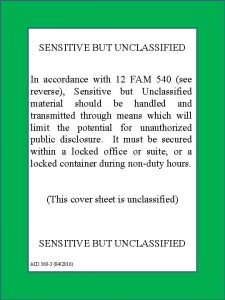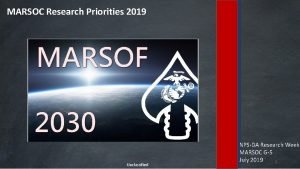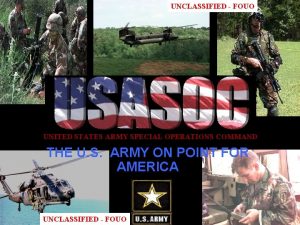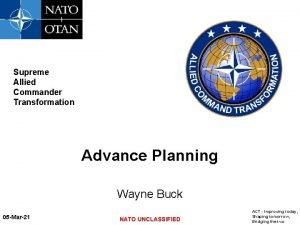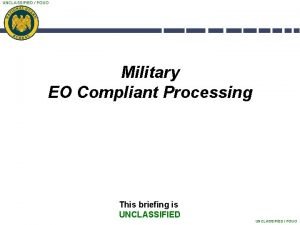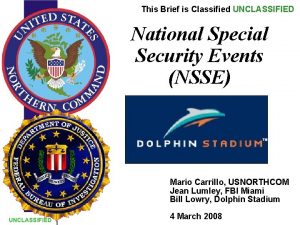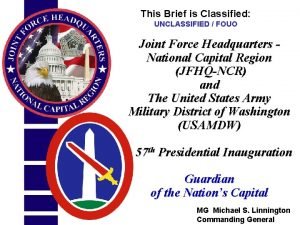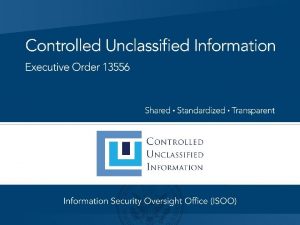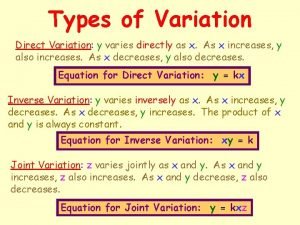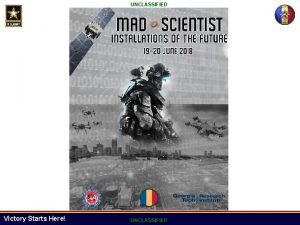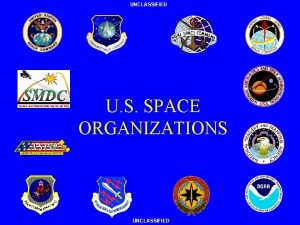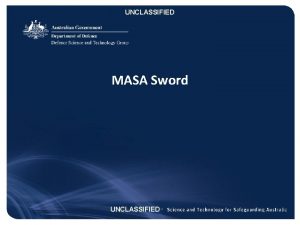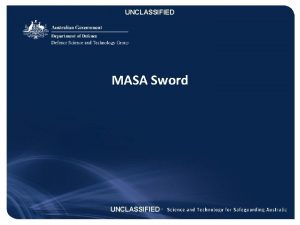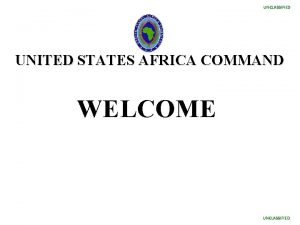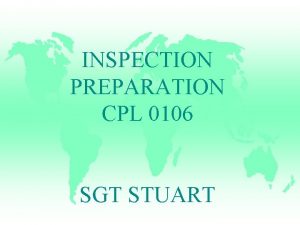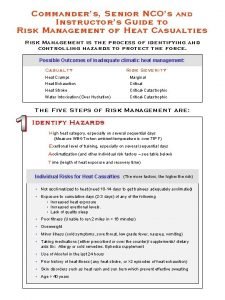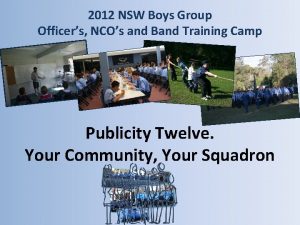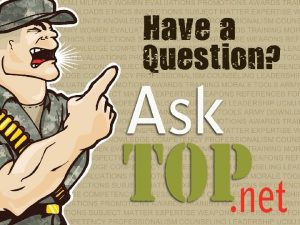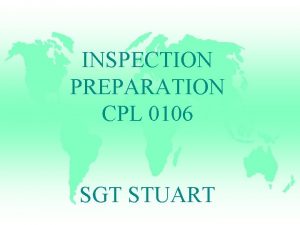Training Management UNCLASSIFIED Training Management NCOs are directly
















- Slides: 16

Training Management UNCLASSIFIED

Training Management NCOs are directly responsible for training individual Soldiers, crews, and small teams. The Army training principles provide a broad but essential foundation to guide NCO leaders as they plan, prepare, execute, and assess sustained and effective training. This competency includes: risk management, preparing an 8 -step outline, conducting individual training, and the art and science of training from squad to brigade level. UNCLASSIFIED

Training Model Figure 3 -1. Training Framework UNCLASSIFIED

Training Management (SSG) 1) Build a learning organizational culture where opportunities for growth and improvement are encouraged. 2) Verify completed training is documented in the system of record DTMS. 3) Collaborate efforts and resources to allow for cross-training and continuity. 4) Ensure training meets the commander’s intent, mission requirements, and enhances Soldier’s abilities. 5) Execute training and remain engaged throughout the planning process. 6) Implement and enforce policies and standards on training and emphasize the 8 -Step Training Model. 7) Lead tough, realistic, and challenging training. UNCLASSIFIED

Training Management (SFC) 1) Ensure training is properly planned, resourced, rehearsed, and executed. 2) Ensure subordinate leaders conduct proper physical readiness training and have a training plan for the APFT and the ACFT. 3) Ensure Soldiers know and understand Commander’s intent, mission requirements, and the reason for the training event(s). 4) Understand, teach, and implement the 8 -Step Training Model. 5) Set and enforce standards during all training events. 6) Tailor training to develop subordinate leaders keeping within the scope of Mission Command philosophy. 7) Eliminate or minimize training detractors, discipline the training management process. 8) Understand how to utilize ATN, METL Crosswalk, and individual task selection to develop a training plan. UNCLASSIFIED

8 -Step Training Model UNCLASSIFIED

Additional Training Management Resource Unit Training Management Link: https: //atn. army. mil/unit-training-management-(utm) v Module 1 - Introduction: The introduction of the unit training management process is to help you better understand concepts and processes that will enable you to become more efficient in unit training management. v Module 2 - Battle Tasks and Training & Evaluation Outlines: Below company level, the concept of Battle Tasks allows for the continued nesting of tasks down to the individual Soldier. This Module will provide an in depth understanding of T&EOs v Module 3 - Determine Essential Tasks to Train: This module teaches a process to determine what essential tasks a unit needs to train. v Module 4 - Develop a Unit Training Plan: This module walks through the process of developing a unit training strategy and reviewing the Training Brief for the higher commander's approval of the unit training strategy. UNCLASSIFIED

Continued… v Module 5 - Manage the Unit Training Plan (UTP): Once the higher commander approved the unit's training strategy and unit begins to implement the plan, we'll discuss how to manage the plan through training meetings. v Module 6 - ATMS Overview: This module will introduce the Army Training Network (ATN), Digital Training Management System (DTMS), and Combined Arms Training Strategy (CATS). v Practical Exercises: MET Worksheet, Battle Task Development Worksheet, Training Strategy Event Worksheet, MET to Individual Crosswalk v Training Videos: How to plan & Conduct a unit training event, How To Conduct an AAR, How to conduct rehearsals, How to conduct a training meeting (Overview, Company level, and BN Level). UNCLASSIFIED

Summary v NCOs maintain an integral role in Training Management, know your roles v Understand your ability to plan and execute training within the Commanders Intent v Be cognizant to the planning/resourcing gates and devote the time needed too plan and resource your training UNCLASSIFIED

Power in Leadership UNCLASSIFIED

Power- The capacity to influence others and implement change. POWER Position Power Personnel Power UNCLASSIFIED

Position Power v Coercive v Legitimate v Reward v Information UNCLASSIFIED

Personal Power v. Expert v. Referent UNCLASSIFIED

Sources of Power UNCLASSIFIED

Leadership UNCLASSIFIED

Summary v Positional vs Personal Power, understand the difference v Understand your current Leadership Style, work on the needed traits that can make you a more effective NCO v Your legitimate power is needed to shape this organizations success UNCLASSIFIED


